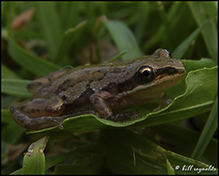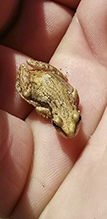Sources
Biodiversity occurrence data published by: Minnesota Biodiversity Atlas (accessed through the Minnesota Biodiversity Atlas Portal, bellatlas.umn.edu. Accessed 1/1/2026).
USGS National Amphibian Atlas. https://armi.usgs.gov/atlas/. Accessed 1/1/2026).





